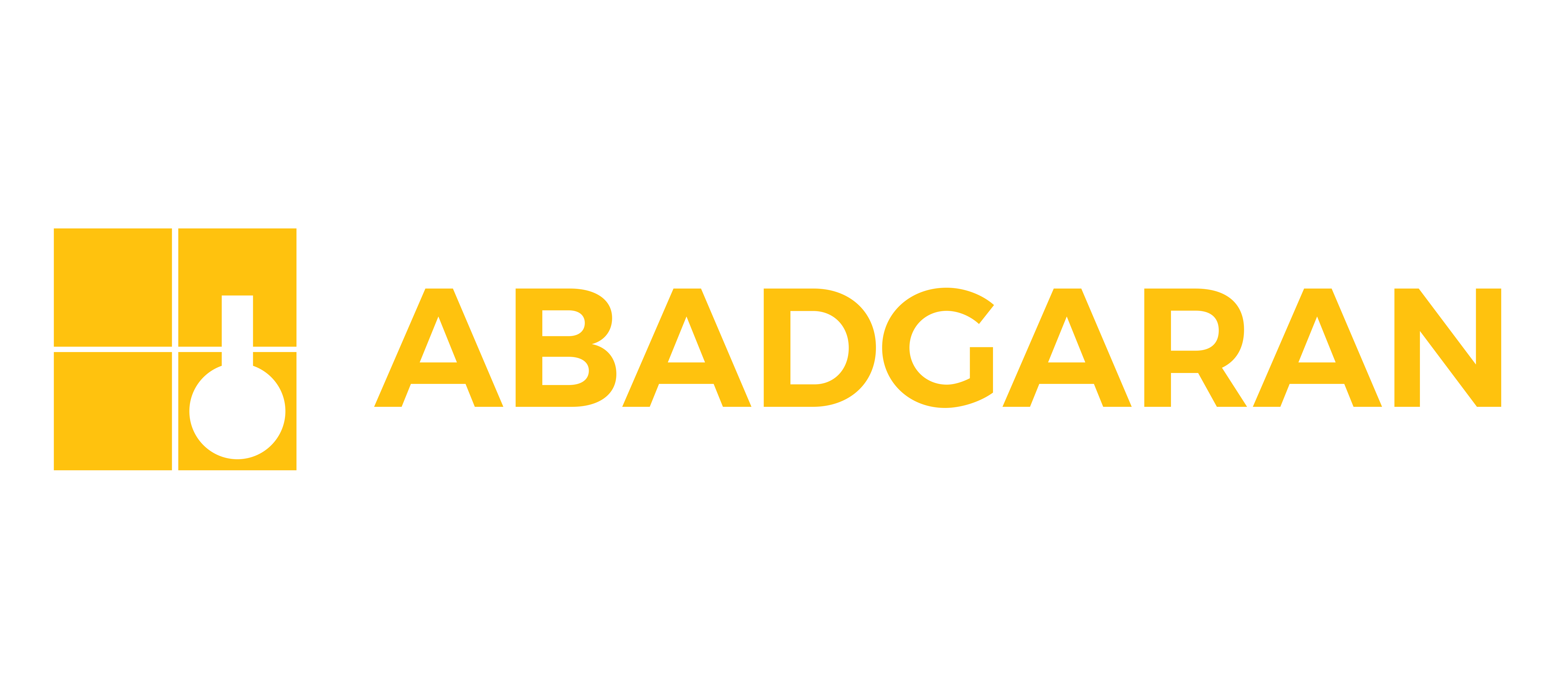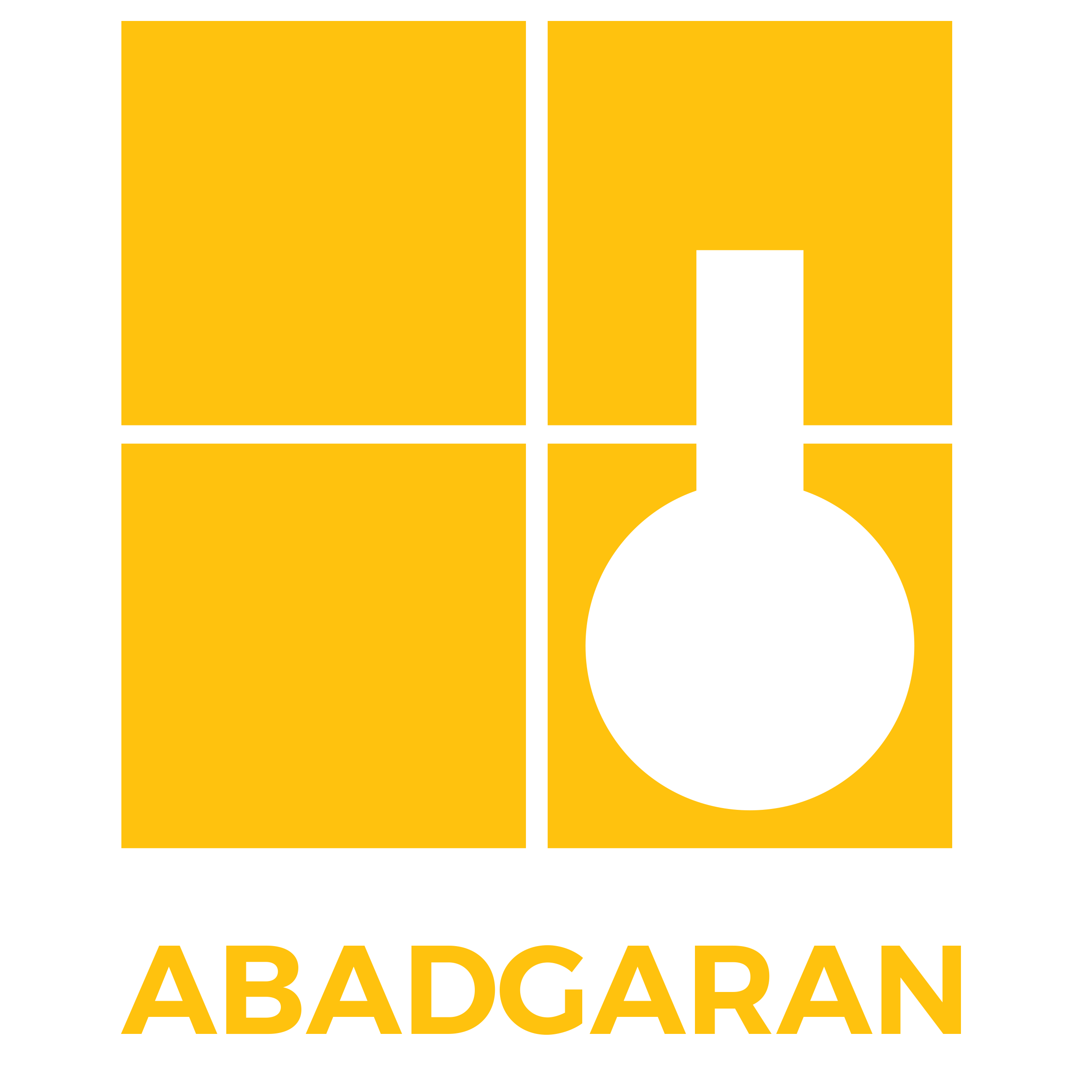
Please wait, loading...

Please wait, loading...

![]()

Fire Resistance of Steel Structures: Testing Methods and International Standards
The fire resistance of steel structures is one of the key considerations in the design of safe buildings. This article provides a comprehensive overview of fire resistance testing methods for steel columns. It references both the guidelines of Iran’s Building and Housing Research Center and international standards such as UL1709, ASTM E119, ISO 834, and NFPA 251. These methods include experimental tests, numerical simulations, and performance analysis of fireproof coatings. Case studies and comparisons of national and international standards are also discussed.
Fire Safety Challenges in Steel Structures
One of the greatest challenges in designing steel structures is ensuring their safety in fire scenarios. Steel, due to its high thermal conductivity and reduced mechanical strength at elevated temperatures, is highly vulnerable to heat. To address this, fireproof coatings and structural fire resistance testing methods have been developed. By examining both national and international standards, this article aims to present practical approaches for evaluating and improving the fire safety of steel structures.

The guidelines from the Building and Housing Research Center provide a framework for testing and evaluating mineral-based fireproof coatings. These guidelines include design criteria, testing procedures, and acceptance standards, evaluating factors such as coating thickness, thermal stability, and mechanical resistance. For instance, in one study, cement-based mineral coatings underwent standard fire tests to assess the impact of thickness and chemical composition on performance.
Role of International Standards
International standards play a crucial role in the development of fire resistance testing methods:

Fire Resistance Testing Methods
Fire resistance testing includes experimental methods and numerical simulations.
1. Standard Furnace Test
In this method, a steel column sample is placed inside a temperature-controlled furnace. The furnace temperature profile follows standard time-temperature curves, such as those in ISO 834 or ASTM E119. The goal is to determine how long the steel column can retain its mechanical integrity and resist collapse.
Required Equipment:
2. Rapid Heating Test (UL1709)
This test simulates exposure to extremely fast temperature increases (up to 1100°C in less than 5 minutes). It is used mainly in petrochemical and refinery structures where hydrocarbon fires occur. It requires specialized furnaces and advanced thermal sensors to record temperature changes throughout the test.
3. Load-Bearing Fire Test
In this method, a steel column is subjected to structural loads and then exposed to heat in a furnace. This test evaluates how the combination of load and temperature affects the column’s deformation and time to failure.
Numerical Simulations
Numerical simulations serve as a complement or alternative to physical testing. Using advanced software, they allow for detailed analysis of steel column behavior under various fire conditions.
1. Heat Transfer Modeling
This simulation analyzes the heat transfer into the steel and the thermal behavior of the protective coating. Software like ABAQUS and ANSYS can accurately model heat flow from the surface coating to the steel core. Inputs include thermal conductivity, coating thickness, and thermal properties of materials.
2. High-Temperature Mechanical Analysis
This simulation investigates mechanical deformations and loss of steel strength at high temperatures. It involves defining temperature-dependent mechanical properties and applying different loading scenarios. This is especially useful for predicting the performance of tall columns under complex loads.
Experimental vs. Numerical Testing: A Comparison
While experimental tests provide real-world performance insights, they are time-consuming and costly. Numerical simulations, on the other hand, are flexible and can analyze a wide range of scenarios. However, their accuracy heavily depends on the quality of input data and precise modeling of material behavior.
Advanced Fireproof Coatings
Modern fireproof coatings include mineral-based, cementitious, and modified polymeric materials. These materials form an insulating layer that prevents heat transfer to the structural core. For example, intumescent coatings expand during fire exposure to form an insulating char layer. This layer not only reduces heat transfer but also helps maintain the steel’s mechanical strength.
A European research center conducted a study using ISO 834 tests on various mineral coatings. Results showed that modified polymer coatings with specific additives could improve fire resistance time by up to 30%. Simulations confirmed that coating composition and thickness had a direct impact on structural stability.
National vs. International Standards: A Comparative Review
Comparative analysis shows that international standards like UL1709 and ASTM E119 focus more on simulating real-world fire scenarios, while national guidelines tend to consider localized conditions. These differences can affect how fireproof coatings are designed and applied.
Conclusion
Evaluating the fire resistance of steel columns is critical for structural safety. This requires adherence to recognized standards and the use of appropriate testing methods. The integration of advanced fireproof coatings with both experimental and numerical testing approaches can significantly enhance structural performance and reduce the risk of life and property loss during fires.